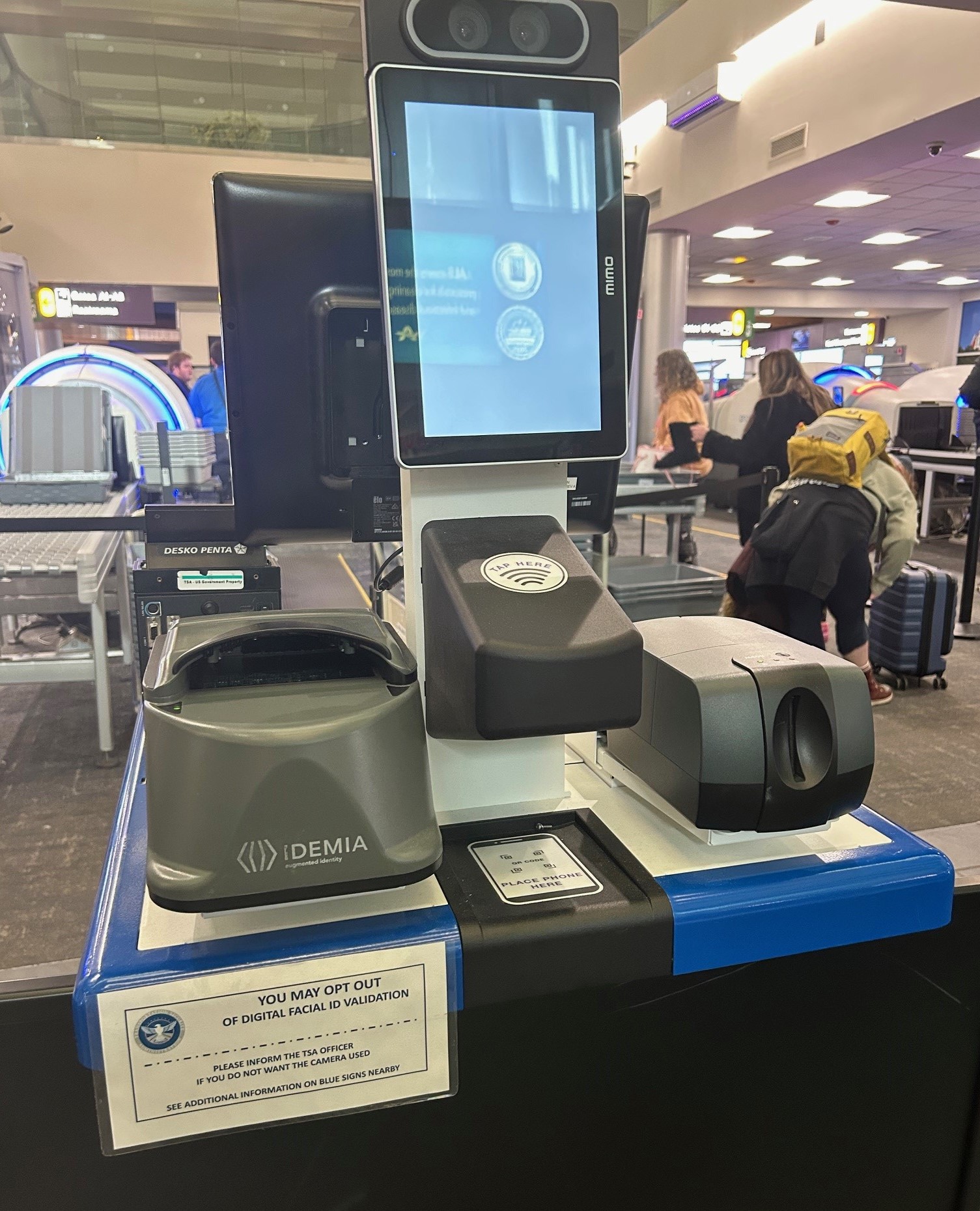
RONKONKOMA, N.Y. — The Transportation Security Administration (TSA) is prepared for the highest passenger volumes the agency has seen at airport security checkpoints nationwide during this summer’s travel season, which began on Memorial Day weekend and runs through Labor Day. TSA has been seeing such high passenger volume nationwide that several days within the past four weeks have made it into the top 10 busiest days in TSA’s 22-year history.
“Here at Long Island MacArthur Airport we are coordinating with the airport, airlines and other travel partners and we are ready to handle this summer’s busy travel volumes,” said Robert Duffy, TSA’s Federal Security Director for the airport. “We strongly suggest that travelers get to the airport early and expect a crowd. Additionally, if individuals have not flown out of Long Island lately, they will see new credential authentication technology (CAT) units at the checkpoint, and we encourage travelers to follow the guidance that the TSA officers are providing.”
The new technology that is now in use at the airport confirms the validity of a traveler’s identification (ID) and confirms their flight information in real time.
This deployment is the latest generation of credential authentication technology (CAT) to verify the identity of travelers. First generation CAT units are designed to scan a traveler’s photo identification, confirm the traveler’s identity as well as their flight details. The new CAT units at Long Island MacArthur Airport are referred to as CAT-2 and have the same capabilities, but are also equipped with a camera that captures a real-time photo of the traveler.
CAT-2 compares the traveler’s photo on the ID against the in-person, real-time photo. Once the CAT-2 confirms the match, a TSA officer verifies and the traveler can proceed through the checkpoint, without ever exchanging a boarding pass. The photo is then deleted.
The CAT-2 units are equipped with cameras on tablets and are used to match the face of the person standing at the checkpoint with the face that appears on the traveler’s ID such as the person’s driver’s license or passport. The technology enhances detection capabilities for identifying fraudulent documents at the security checkpoint. The photos are not saved and are only used to match the person standing at the travel document checking podium with the photo on the ID that is being presented.
“Identity verification of every traveler prior to flying is a key step in the security screening process,” said Duffy. “This technology enhances detection capabilities for identifying fraudulent IDs such as driver’s licenses and passports at a checkpoint and it increases efficiency by automatically verifying a passenger’s identification. We just want to ensure that you are who you say you are.”
As an additional feature, the unit is touchless meaning that the passengers insert their ID and do not have to hand it to a TSA officer. Thus the units reduce touchpoints. Travelers insert their ID, look at the camera and if the ID is validated, the traveler then proceeds into the checkpoint. Even with TSA’s use of these units, travelers still need to check-in with their airline in advance and bring their boarding pass to their gate to show the airline representative before boarding their flight.
“This latest technology helps ensure that we know who is boarding flights,” Duffy said. “Credential authentication plays an important role in passenger identity verification. It improves a TSA officer’s ability to validate a traveler’s photo identification while also identifying any inconsistencies associated with fraudulent travel documents.”
The system also confirms the passenger’s flight status by verifying that the individual is ticketed to fly out of the airport on that same day.
CAT-2 units have what is referred to as a “library” of IDs programed into them that allow the technology to authenticate more than 2,500 different types of IDs including passports, military common access cards, Department of Homeland Security Trusted Traveler ID cards, uniformed services ID cards, permanent resident cards, U.S. visas and driver’s licenses and photo IDs issued by state motor vehicle departments.
Photos captured by CAT-2 units are never stored or used for any other purpose than immediate identity verification. They are deleted after the traveler passes through the checkpoint. Travelers who do not wish to participate in the facial matching process can opt out in favor of an alternative identity verification process.
